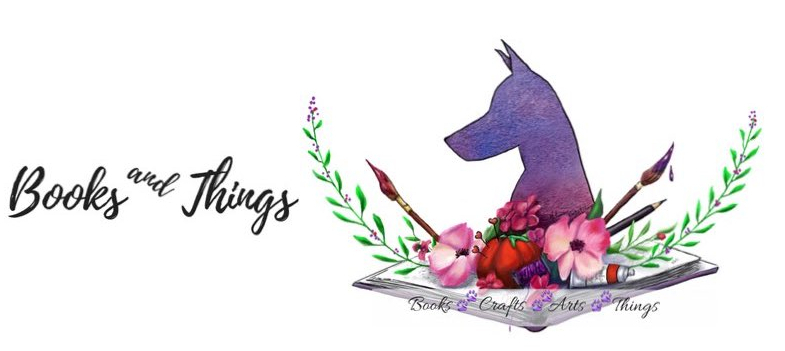160p.
Publisher: Watson-Guptill
Available Now
Source: Blogging for Books for review
A guide that shows painters, drawers, doodlers, and urban sketchers how to bring their drawings to life with colorful, bold, yet accessible painting methods.
Watercolor sketching is a rapidly emerging technique that enlivens sketches done in pen or pencil with the expressive washes, glazes, and luminous hues of watercolor . This lushly illustrated resource teaches artists on the go how to sketch with watercolor, rendering subjects efficiently and without inhibitions. Readers are guided through all aspects of the medium, from fundamental techniques including wet-on-wet, glazing, and washes; materials and supplies; and little known tips and tricks for getting the most out of watercolor (for example, just sprinkling a little salt on your painting creates a texture that's impossible to achieve with a brush.) A strong focus color theory provides a solid foundation for enhancing drawings with vibrant hues.My thoughts:
I'm always on the lookout for inspiration to help me sketch. Confession: I do not sketch but all artists need to sketch. I know this and yet I still don't do it. *hangs head in shame* Since my primary medium is watercolor I was happy to review this book.
The book is wonderful for the beginner. It has some great information including some history of watercolor presented in a way that isn't boring. Plus all the illustrations throughout the book keep the book feeling light and fun. I even learned something. The author suggest using alcohol (yes the kind you drink) if you are confronting bad weather like extreme cold. While the alcohol might dull the colors a bit, you might get some interesting play on the paper. While this was a good epiphany, the rest of the book was a rehash of things I already knew. So, therefore, I would recommend the contents of the book to beginners on the watercolor journey.
I did have few criticisms of the book. One was when the author was describing glazing. This technique is often when you apply one wash of color over a dried wash of color. The author left out some important information in this chapter. One was knowing your staining colors. Those are excellent to glaze over since you won't be picking up paint while going over that color. The other is transparency of the colors. Some watercolor paints (like your cadmiums) are somewhat opaque and will affect your glazing ability. I also would have liked a section for water control. It is important to learn how much water your brush is holding to get the effect you want for your painting. My last criticism is that this book seemed geared for finished paintings and not sketches. While that is usually your goal, it isn't always with sketching. He did give some great advice toward sketching but it kept switching between that and finishing your painting. I think it would have been more effective the book was about sketching and have an ending chapter about finished work.
I give this book 3 stars. I recommend it to those that need a foundation course on watercolor in particular. More advanced artists might enjoy it for the loose sketching and artwork within.



It sounds really inteesting, maybe not for me but interesting
ReplyDeleteYou never know if you decide to do some art... ;)
DeleteSorry it was a bit too beginner for you, but it seems like a nice starter place.
ReplyDelete-Lauren
It's always good to get a refresher course. I did enjoy that. :)
DeleteI wish I was good with watercolors, it is just not the medium for me. I fail at some of the things you pointed out - mainly water control. I always use way too much water and then have a muted mess that doesn't look at all like I wanted it to. *sigh*
ReplyDeleteEh... it comes with practice. Nothing more. :) Jenny, as creative as you are, it wouldn't take you long!
DeleteI'm just terrible with paint. I can sometimes do . . . interesting things with charcoal, but any kind of paint . . . NOPE. My dad even stopped making me help paint various rooms in the house when I was in high school, LOL.
ReplyDeleteHmm. I know I heard of someone getting into art. Now who was it... Thanks. :)
ReplyDeleteI think it's hard to read books about things you know how to do because than you notice all the things NOT included or the things you disagree with, etc. It's always good to read to see if there's information you don't know though. I need to get my daughter more art books, she's still begging for those art classes.
ReplyDeleteIt is a shame it was mostly rehash, but for a beginner it might prove interesting.
ReplyDeleteBetween you and Tabitha, you're going to succeed in bringing out my creative side! However, it seems like this book fell short in a lot of crucial areas. Too bad.
ReplyDelete